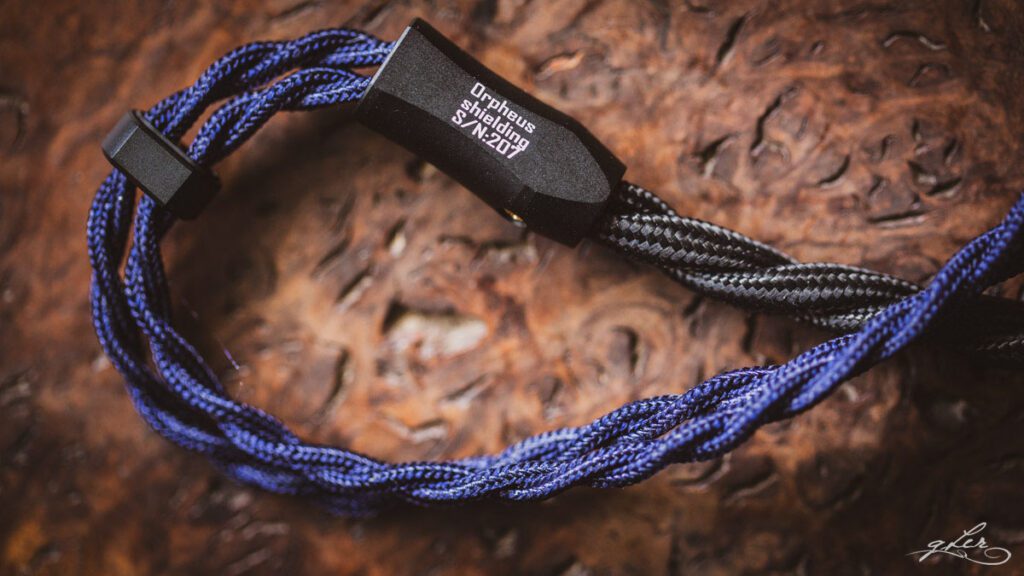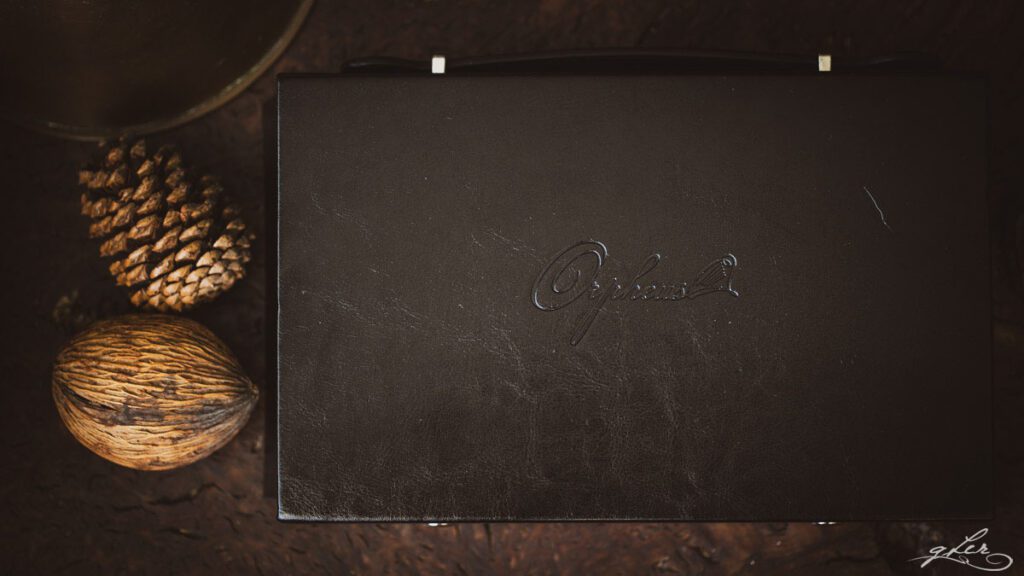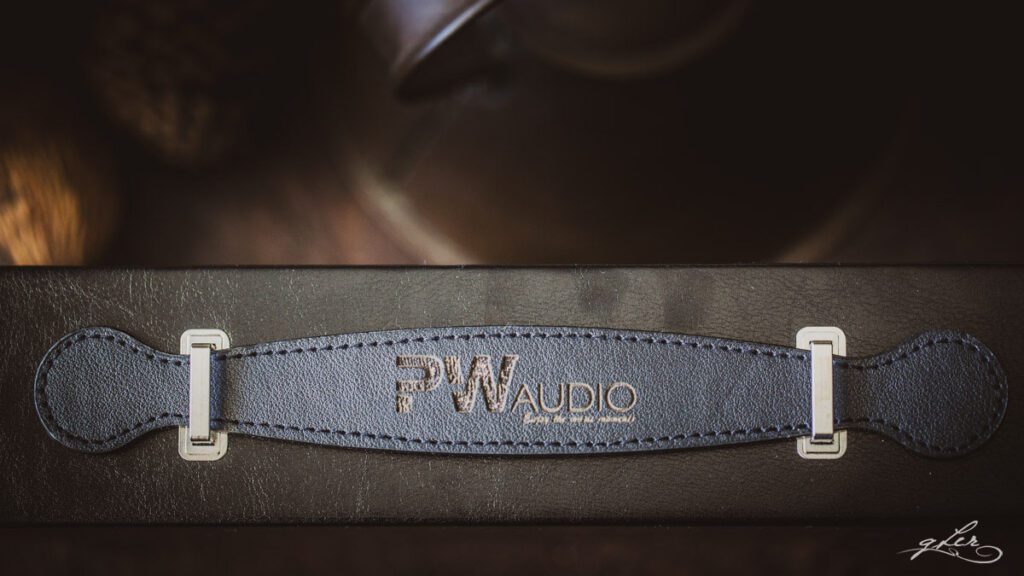A big thank you to Crystal Tsui and Peter Wong at PW Audio for sending us a sample of the mighty Orpheus for review; we truly appreciate your kind support.
Preface
There are two kinds of people in this hobby: those that know about Orpheus, and those that don’t.
If you’ve honestly never heard of this elusively mystical IEM cable, forged from the finest strands of genuine unicorn hair and wrapped in a sheath said to be ‘not of this world’, then I suggest you stop reading now. Go do some gardening, or play with the kids, or help your wife take the groceries out the car. Seriously, I’d rather not be the one responsible for making you spend the college fund, or double down on your home mortgage, because, well, you probably will.
And if you do happen to know about ‘Orphy’ – and are maybe even one of the fortunate few to have actually heard this reality-bending cord of irresistible aural desire for yourself – then, as you probably already know, there’s no hope. So you may as well read on, and keep stashing the cash away until that beautiful day you can boldly open up the saved PW Audio tab and hit ‘add to cart’ while laughing uncontrollably at your own madness.

Jokes aside (sort of), whether or not you can afford to buy the world’s most expensive IEM cable is none of my business, really, and I’m not here to debate the virtues of doing so either. This review is exclusively about the legend that is Orpheus, what it is, what it does, and why so many aspire to hear it, myself included.
PS. If you’re one of those people who think all this cable talk is nothing more than recycled snake oil, this is your cue to leave. I take no responsibility for any outbursts of unadulterated rage beyond this point. You have been warned.
Orpheus (now with shielding)
For one of the most (in)famous four-foot lengths of copper in the audio world – yes, Orpheus is made of copper, not unicorn hair, sorry about that – very little is actually known about Peter Wong’s most admired creation.
All we know is the basics: that it’s made from ultra-high purity copper, using multiple layers of proprietary insulation over each of the seven strands that make up each of the four copper cores. The paired cores are then grouped into two matched pairs of 26awg signal and 24.5awg shielding conductors (four cores in total), with additional layers of external shielding and, finally, wrapped in a handsome black and dark blue nylon PVC braid.

This is how the ‘Orpheus structure’ is described by the man himself:
“Each set of cores is covered with an independent insulator and multi-layer enameled, and finally TRP insulation is added to the outermost layer of each strand of wire. This allows for electrons to pass through each core wire without interacting or interfering with other signals. As a result, the sound background is darker and the sound field is wider.”
Orpheus exudes luxury. It feels thick and substantial, though only in the context of most IEM cables. If, like me, you’re accustomed to using high-quality, large-gauge headphone cables, Orpheus won’t feel out of place – if anything it’s more supple and soft than most serious headphone cables I’ve used.
I personally have no issue with its ergonomics. It’s silky to the touch, and is remarkably kink-free and devoid of any audible microphonics. The ear guides are shaped in the familiar PW Audio angled style that rests the bulk of the guide over your ear to cleverly disperse the cable weight. As such I hardly feel it once the cable and IEMs are locked in place.
Orpheus is capped with a genuine Pentconn 4.4mm gold-plated plug on one end (a rhodium option is also available), and PW Audio-branded 2-pin (or mmcx) plugs on the other. The new slimline PW Audio Y-splitter is used as standard. The entire cable looks and feels substantial, with impeccable build quality throughout.

It’s also luxuriously packaged in a handsome, hand-stitched leather ‘briefcase’ that opens in a concertina fashion to present the cable housed inside – along with a heavy-looking lidded and branded metal case for storing the cable when not in use.
It’s actually been several years now since the original Orpheus debuted, and only recently has it been made available with PW Audio’s fancy new ‘shielding’ option. We were sent the Orpheus with shielding for this review, so just to be clear, every mention of Orpheus refers to the shielding version.
The ‘standard’ or ‘non-shielding’ version is still available, too, along with a number of new co-flagship and high-end cables, like the First Times series and the Century series – one of which I own and will compare to Orpheus in this review. This will not, however, be a full comparative review – for that I refer you to the exceptional write-up by my friend and fellow enthusiast Tokpa Korlo, which you’ll find here.
Continue to sound impressions…



